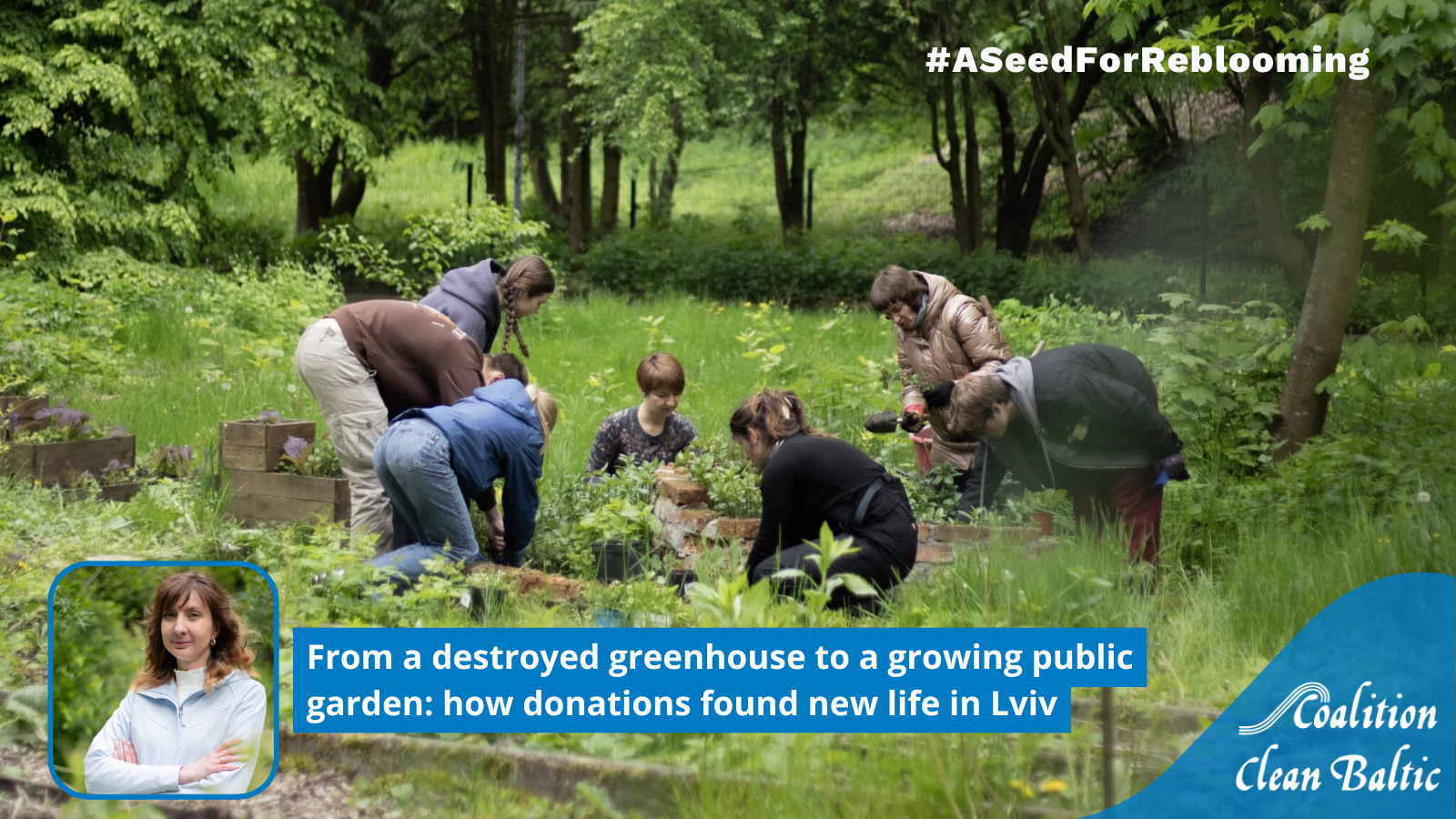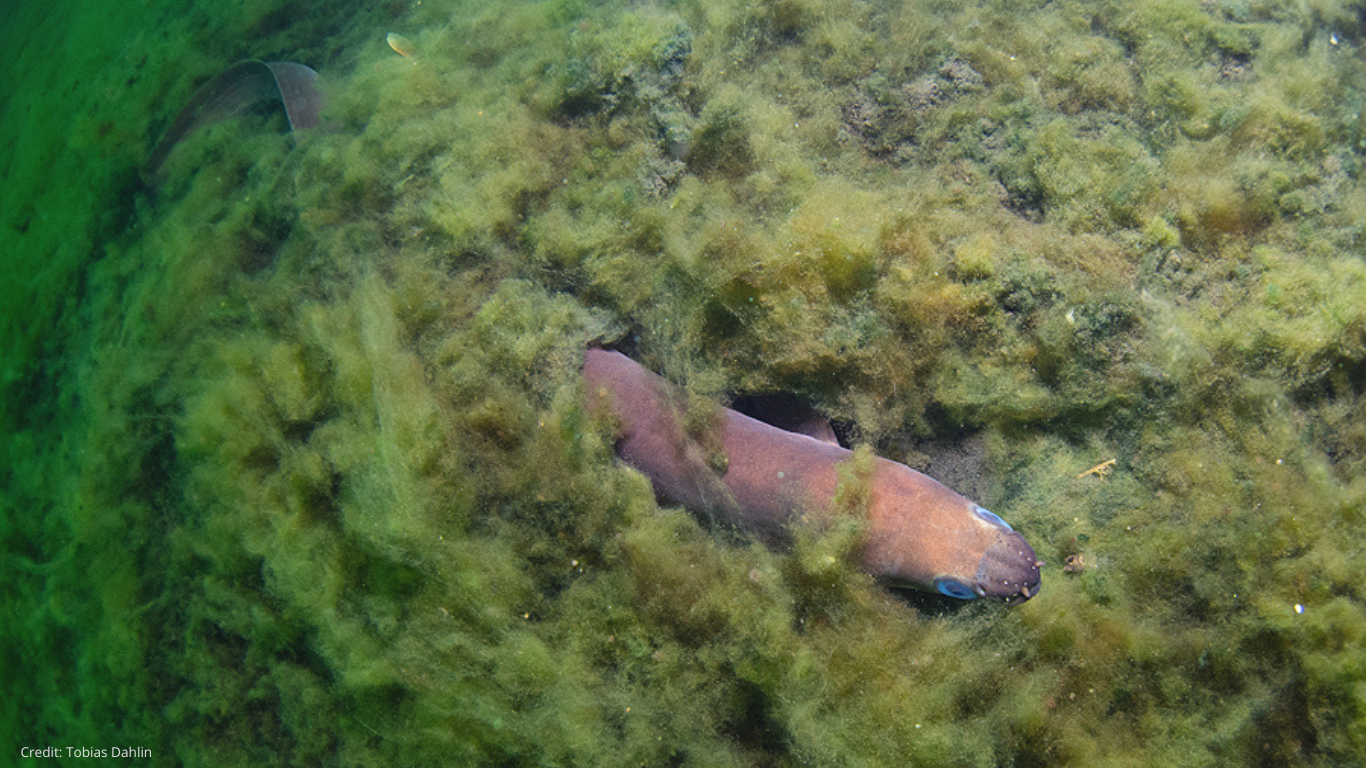Baltic Sea Fish Stocks Remain in Crisis – NGOs Call for Closures of Herring and Cod stocks
Brussels, 29 May 2020 :- Responding to today’s publication of annual scientific advice for EU fishing limits for 2021 in the Baltic Sea by ICES (International Council for the Exploration of the Sea), which finds important Baltic fish populations remain in a state of crisis, and the entire Baltic Sea ecosystem in very poor health [1], a group of non-governmental organisations are demanding that the European Commission and national fisheries ministers adhere to ICES expert scientific recommendations for zero fishing of western Baltic herring and eastern Baltic cod for 2021, to end overfishing of all other species, and commit to increased focus on ecosystem and climate considerations .
Coalition Clean Baltic, Oceana, Our Fish, Seas At Risk, and WWF call on the European Commission – which is responsible for proposing EU fishing limits – and on member state fisheries ministers – who make the final decisions, to not exceed the scientific advice provided by the International Council for the Exploration of the Sea (ICES) and to respect the Common Fisheries Policy (CFP) requirements when setting all fishing limits in the Baltic Sea for 2021.
“ The poor condition of the Baltic Sea is a reflection of the global state of our seas and oceans. Overfishing, in addition to pollution, habitat loss and climate change, is narrowing the opportunity to change the dire state of Baltic fish stocks ”, said Ottilia Thoreson, Director, WWF Baltic Ecoregion Programme. “ EU ministers must intensify the implementation and enforcement of the Common Fisheries Policy in the Baltic region, by setting sustainable fishing limits, securing appropriate implementation and tightening control of the landing obligation. All of these measures are necessary to allow for the recovery of fish stocks and ensure food security well into the future. ”
“ Last year’s decision by the EU Council to close targeted fishery on eastern Baltic cod was a step in the right direction but insufficient, as the cod are starving [2]. A cod recovery plan with a multi-species approach must be initiated ,” said Nils Höglund, Fisheries and Marine Policy Officer, Coalition Clean Baltic. “ As the eastern Baltic cod stock has collapsed, we cannot continue fishing their crucial food, sprat and herring without considering the need to maximise food availability ”, he continued, referring to ICES advice to move the sprat fishery [3]. Reducing or at least moving the sprat fishery is not a matter of debate, it’s a no brainer !”
“ Scientific assessments for some iconic fish stocks, like the eastern Baltic cod or the western Baltic herring, raise the alarm about their dire conservation status. The collapse of these populations is the result of several factors, including continuous overfishing, what contradicts the objectives of the EU fisheries and environmental policies ,“ explained Javier López, fisheries campaign director for Oceana in Europe. “ Decision makers must redress this situation by setting catch limits in line with scientific advice, alongside with additional measures related with spawning closures, bycatch minimization and/or recreational catches. Management decisions in line with the scientific advice are the only way to recover fish stocks and to ensure a sustainable future for the Baltic fisheries. ”
“ With the European Green Deal and EU Biodiversity Strategy, the European Commission doubled down on its commitment to end overfishing, restore the health of our seas, and support a transition to more sustainable fishing methods – now EU governments must respond and act on that commitment ”, said Rebecca Hubbard, Programme Director, Our Fish. “ Anything less than a full stop to overfishing in the Baltic will undermine the European Green Deal and worsen the impacts of the biodiversity and climate crisis ”, she added.
The EU Common Fisheries Policy (CFP) requires sustainable exploitation of EU fish stocks by 2020 in order to rebuild their populations [4]. One Baltic fish stock shows how respecting this important provision can work successfully with benefits for fishers and the ecosystem. The Total Allowable Catch (TAC) for Gulf of Riga herring has been set in accordance with scientific advice and CFP requirements for years, delivering the expected, good results: fishing pressure is at sustainable levels, the population is healthy, and ICES is able to again recommend a TAC increase for 2021. This was the only Baltic stock that benefitted from a proposed increase in the TAC for 2020 in line with scientific advice. This success story should guide fisheries ministers to set all Baltic TACs for 2021 following scientific advice for sustainable catches.
Western (Baltic) Spring Spawning Herring
Western Baltic herring is in crisis: scientific advice from ICES to stop fishing in 2019, and previously in 2018 was ignored, and the population is at dangerously low levels [5]. Even with a closed fishery, the stock will not recover in 2022. The herring is a highly migratory fish, migrating between their feeding grounds in the North Sea and Kattegat to their coastal spawning grounds located in bays, estuaries and lagoons along the coastal Western Baltic Sea. ICES scientific advice recommends an immediate halt on fishing in the Western Baltic as well as fishing reductions in the North Sea. Furthermore, ICES suggests that additional management measures, such as closed areas of temporal closing periods on the herring fishery in the North Sea are necessary for the western herring population to recover. For the year 2021, ICES still advises a fishing limit of zero tonnes.
Eastern Baltic Cod
According to ICES, the eastern Baltic cod population is still in a state of distress, with reproduction of the population at the lowest on record since 1946 [6]. Growth, condition (weight at length) and size at maturation has substantially declined during the last decades, and yet EU governments have repeatedly set fishing limits for eastern Baltic cod above scientific advice [6]. Unreported, illegal discarding of eastern Baltic cod is also believed to be rife and increasing, as a result of poor monitoring and control [7]. ICES advice for eastern Baltic cod catches fishing limit in 2021 is zero tonnes.
Western Baltic Cod
Western Baltic cod is still in a precarious state with estimates of the population revised down by 30% for 2020 (following on from a 60% reduction for 2019) [8]. ICES warns that the number of young fish that entered the fishery in 2018 and 2019 were the lowest on record, and reports that if this doesn’t change in the coming years, there will be a rapid decline in the population. In 2019, ICES estimated that 91.8% of Western Baltic cod caught (88% by weight) came from a single year class (2016). This shows that the population is extremely unbalanced. ICES estimates that fishing Western Baltic cod at Fmsy (fishing mortality at maximum sustainable yield – MSY [9]) across the management area (subdivisions 22-24) would lead to 1,532 tonnes of Eastern Baltic cod caught in subdivision 24 (Baltic Sea west of Bornholm), so in order to comply with the zero catch advised for eastern Baltic cod (where there is mixing of eastern and western Baltic cod), ICES advice zero fishing in subdivision 24, and a commercial fishing limit of between 2,960 and 4,635 tonnes of western Baltic cod for subdivisions 22-23.
ENDS
Read and download the Joint NGO recommendations on Baltic Sea fishing opportunities for 2021 here.
Contacts:
- Dave Walsh, Communications Advisor, Our Fish, dave@our.fish , +34 691 826 764
- Nils Höglund, Fisheries Policy Officer CCB, nils.hoglund@ccb.se , +46 708 679 249
- Ottilia Thoreson, Director WWF Baltic Ecoregion Programme, ottilia.thoreson@wwf.se , +46-8-624 74 15
- Emily Fairless, Communication officer, Oceana, efairless@oceana.org , +32 (0) 478 038 490
Notes:
http://ices.dk/sites/pub/Publication%20Reports/Advice/2019/2019/EcosystemOverview_BalticSea_2019.pdf
Fmsy: The point at which the largest catch can be taken from a fish stock over an indefinite period without harming it.
Spawning Stock Biomass is below Blim.
ICES (2018) advice – that there should be zero catch – was ignored.
https://www.fishsec.org/2019/06/18/over-10-million-eastern-baltic-cod-illegally-discarded-last-year/


